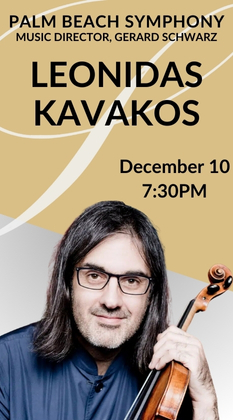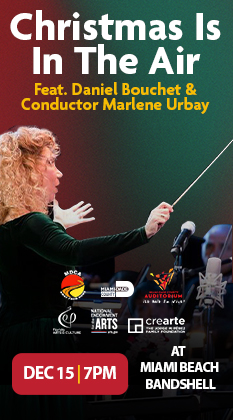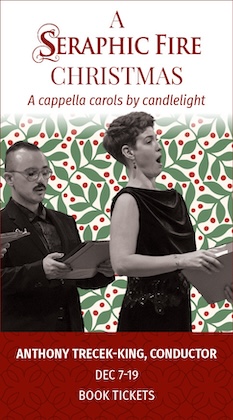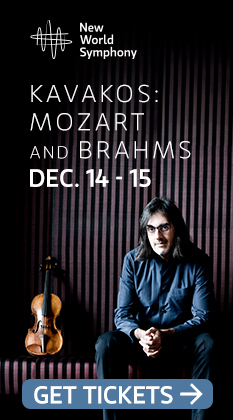Yo-Yo Ma serves up a memorable night of Bach at the Kravis Center
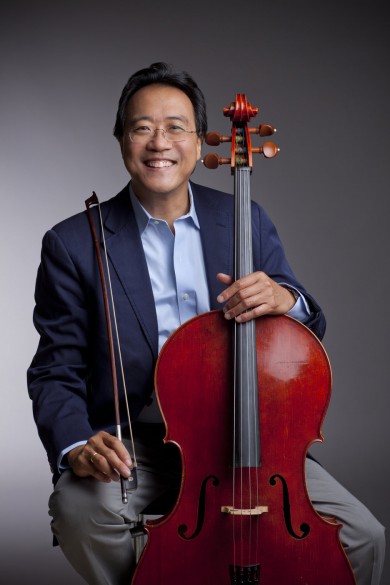
Yo-Yo Ma performed Bach suites and other works for solo cello Friday night at the Kravis Center in West Palm Beach. File photo: Todd Rosenberg.
The stage of the Kravis Center, which next weekend will support a full production of Bizet’s Carmen, held only a single ordinary chair Friday night.
The cellist Yo-Yo Ma walked out to boisterous applause from the packed house.
No living cellist is more famous. He performed at President Obama’s first inauguration. He appeared on The Simpsons. He played Bach on NBC’s The West Wing (“You can take your Pablo Casals,” a White House aide says, “you can keep your Rostropovich, I say Yo-Yo Ma rules.”)
Despite all the popular acclaim, Ma remains a serious artist. His solo recital at the West Palm Beach hall was an intellectually and musically demanding one, one that he delivered with single-minded intensity at his instrument, yet with the informal, approachable stage presence that has made him an audience favorite.
The program was dominated by Bach, with performances of the composer’s Cello Suites Nos. 1, 2 and 6. Before each one, Ma played short works by the 20th-century Turkish composer Ahmed Adnan Saygun, the American composer Mark O’Connor and the Chinese composer Zhao Jiping, not pausing for applause before launching back into Bach.
At 60, Ma has retained his technique. His Bach was extraordinarily clean, with few lapses in intonation or tonal finish. His approach to Bach was personal and emotional, while respecting the sturdy rhythmic pulse of these dance-based works.
In the Prelude to the Suite No. 1, probably the best-known movement of all the Bach cello suites, he came down hard on the bass notes in the long flights up the scale, grounding the passages in a sense of polyphonic harmony, even if only individual notes were heard at once. Throughout the movement, his energetic playing gave the movement a lively, forward motion.
His playing could be rustic and earthy, as in the bouncy Gigue that concludes the first suite. He played with crisp assurance in the formal Menuett movements. He brought a joyous exuberance to the rapid bow strokes of the life-affirming Prelude to the Suite No. 6, taking it to an ecstatic climax. He brought delicate bowing and a playful style to the suite’s Courante.
Particularly striking through all three suites was his playing of the Sarabande movements, stately dances in which Bach made maximum use of the cello’s ability to play two or three notes at once. He played the Sarabande of the Suite No. 6 with particular eloquence, building it from its gentle, meditative beginning to a climax in grandiose broken chords.
Many listeners may not be accustomed to hearing the climax of the Gigue of the Suite No. 2 turn into a high-speed blur, as it did in his hands. But if Ma’s playing of the passage lacked the metronomic clarity usually associated with Bach, it acquired a grinding, raucous intensity that gave the movement an unaccustomed force.
The works performed before each of the Bach suites came from Ma’s travels beyond the borders of the Western classical tradition. The Allegretto from Saygun’s Partita for solo cello was a ruminative, Middle Eastern-inflected work, in which Ma’s cello at times sobbed like a tenor. O’Connor’s Appalachia Waltz, despite its inspiration in American folk music, seemed at home surrounded by Bach, with its dancelike rhythms and use of two strings at once. Zhao’s work, Summer in the High Grassland, was the least interesting, consisting of simple melodies played against an open string.
As an encore Ma played Song of the Birds, a Catalan tune often played by Pablo Casals, performed with a singing tone and a touch of nostalgia.
Posted in Performances
Leave a Comment
Sat Jan 16, 2016
at 5:29 pm
No Comments
